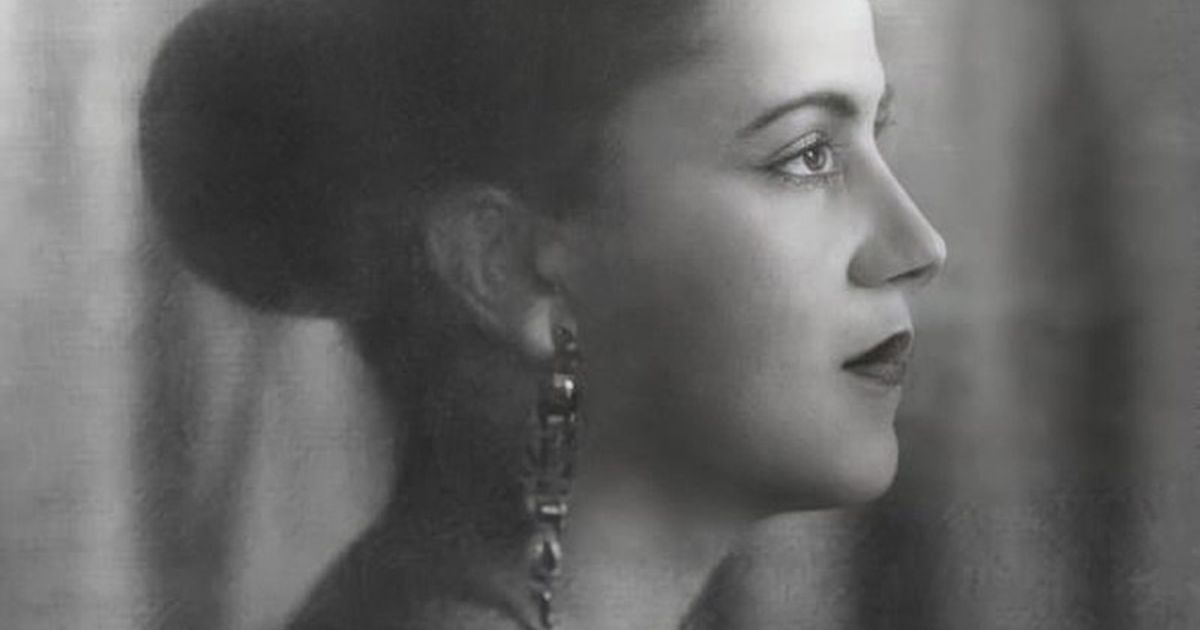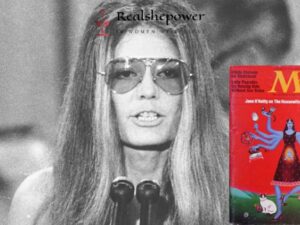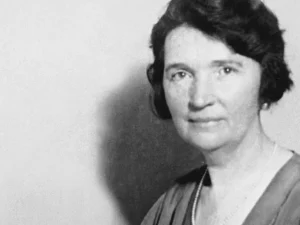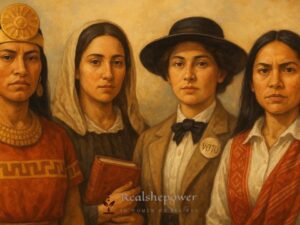Hey there, art lovers! Today, we’re diving into the colorful world of Tarsila do Amaral, a name that’s synonymous with Brazilian art and a true icon in the Latin American creative scene. If you’re curious about how one woman transformed the art world with bold strokes and a deep love for her culture, you’re in the right place. Known for her pioneering role in the Brazilian Modernism movement, Tarsila (as she’s affectionately called) blended vibrant colors, indigenous influences, and a touch of humor to create works that still captivate us today. So, let’s take a stroll through her life and legacy—grab a coffee, and let’s get started!
Table of Contents
Who Was Tarsila do Amaral?
Born on September 1, 1886, in Capivari, São Paulo, Tarsila do Amaral came from a well-off family with roots in the Brazilian coffee plantation elite. Growing up surrounded by the lush landscapes and diverse cultures of Brazil, she developed an early appreciation for her homeland’s beauty and complexity. But Tarsila wasn’t content to just enjoy the scenery—she wanted to capture it on canvas. She began her artistic journey later than most, starting formal training in her 30s after marrying twice and raising a daughter. Her studies took her from São Paulo to Paris, where she soaked up the influences of European Modernism, but she always brought a uniquely Brazilian flair back home.
Her background gave her a front-row seat to Brazil’s social and cultural shifts, especially the end of slavery in 1888, just two years after her birth. This context shaped her art, making it a celebration of national identity at a time when Brazil was redefining itself. If you’re into artists who mix personal history with global trends, Tarsila’s story is a perfect fit!
The Birth of Brazilian Modernism
Tarsila’s big break came in the 1920s when she joined the “Grupo dos Cinco” (Group of Five), a collective of artists and writers determined to create a modern Brazilian identity through art. Alongside poets like Oswald de Andrade (who later became her husband), she helped launch the Modern Art Week of 1922 in São Paulo—a landmark event that kicked off Brazil’s Modernism movement. This wasn’t just about pretty pictures; it was about breaking free from European dominance and celebrating Brazil’s indigenous, African, and rural roots.
Her painting A Negra (1923) is a standout from this period. This bold work features a large, stylized Black woman, subverting the European tradition of depicting white nudes. It’s a powerful statement about racial diversity and a nod to Brazil’s Afro-Brazilian heritage. The piece caused a stir, but it also set the tone for her future works, blending local culture with modernist techniques like simplified forms and vivid colors.
The Anthropophagy Movement and Iconic Works
One of Tarsila’s most famous contributions is her role in the Anthropophagy movement, inspired by her 1928 painting Abaporu. The word “Abaporu” comes from the Tupi-Guarani language, meaning “man who eats people,” and the painting shows a giant, quirky figure with an oversized foot and hand, sitting in a surreal landscape. This odd, humorous image sparked Oswald de Andrade’s Manifesto Antropófago (Cannibalist Manifesto), which argued that Brazil should “devour” foreign influences and spit them out as something new and distinctly Brazilian.
Abaporu became a symbol of cultural resistance, and it’s still one of the most recognized pieces of Latin American art. Another gem is Antropofagia (1929), where she paints a festive scene with exaggerated figures and bright hues, capturing the joy and chaos of Brazilian life. These works aren’t just visually stunning—they’re a rebellion against colonial art norms, and they’ve inspired generations of artists to embrace their roots.
A Journey Through Style and Struggle
Tarsila’s career wasn’t all smooth sailing. After her Paris years, where she studied with Cubist master Fernand Léger and mingled with the likes of Pablo Picasso, she returned to Brazil with a fresh perspective. Her 1920s works are full of experimentation, but the 1930s brought a shift as she faced personal and political challenges, including the end of her marriage and Brazil’s economic downturn. During this time, she created Operários (1933), a darker piece depicting industrial workers, reflecting the social realism that gripped the art world amid the Great Depression.
Later, in the 1950s, she revisited her playful side with works like Carnaval (1952), showcasing her love for Brazil’s festive spirit. This evolution shows how Tarsila adapted her style to mirror both her life and her country’s changing landscape—a testament to her versatility and resilience.
Global Recognition and Impact
For years, Tarsila’s fame was mostly confined to Brazil, but that changed in 2017-2018 when the Art Institute of Chicago and New York’s Museum of Modern Art (MoMA) hosted her first major U.S. solo exhibitions. Suddenly, the world woke up to her genius! These shows highlighted how her art influenced not just Brazilian but global Modernism, with critics praising her for merging local narratives with universal themes.
Her recognition didn’t stop there. Tarsila’s works are now housed in major collections, from the São Paulo Museum of Art to international galleries. In 2022, Google honored her with a Doodle on her 136th birthday, celebrating her as a pioneer of Latin American art. This global spotlight has cemented her legacy as a bridge between cultures.
Why Tarsila Matters Today
So, why should you care about Tarsila do Amaral? Her art is a vibrant celebration of identity at a time when many countries were still figuring out who they were post-colonization. She showed that art could be a tool for social commentary, blending humor, beauty, and critique. For young artists, especially women and those from marginalized backgrounds, she’s proof that you can break into a male-dominated field and leave a lasting mark.
Her influence extends beyond the canvas too. Tarsila’s focus on Brazil’s diversity—indigenous, African, and European—resonates with today’s conversations about inclusion and representation. Plus, her use of bold colors and playful forms has inspired contemporary artists exploring digital and multimedia art, proving her relevance in a modern context.
Where to See Her Art
If you’re in Brazil, check out the Pinacoteca do Estado de São Paulo or the Museum of Modern Art in Rio de Janeiro, where her works are proudly displayed. Internationally, keep an eye on traveling exhibitions—MoMA and other global museums occasionally feature her pieces. Online, you can explore digital archives or watch documentaries to get a feel for her style, though nothing beats seeing the originals!
Looking to the Future
Tarsila passed away in 1973, but her spirit lives on. Today, her art inspires movements celebrating indigenous and Afro-Brazilian voices, and her techniques are studied in art schools worldwide. As Brazil continues to navigate its cultural identity, Tarsila’s legacy offers a roadmap—bold, colorful, and unapologetically Brazilian.
Final Thoughts
Tarsila do Amaral is more than an artist; she’s a cultural revolutionary who turned Brazil’s story into a global masterpiece. Her journey from a coffee plantation heiress to a modernist icon is inspiring, and her works like Abaporu and A Negra remind us of the power of art to reflect and reshape society. Whether you’re an art enthusiast or just love a good story, Tarsila’s life is one worth celebrating. What do you think of her bold approach? Drop your thoughts below—I’d love to hear what resonates with you!
Featured Image Credit: https://upload.wikimedia.org/wikipedia/commons/f/f6/Tarsila_do_Amaral%2C_ca._1925.jpg








































